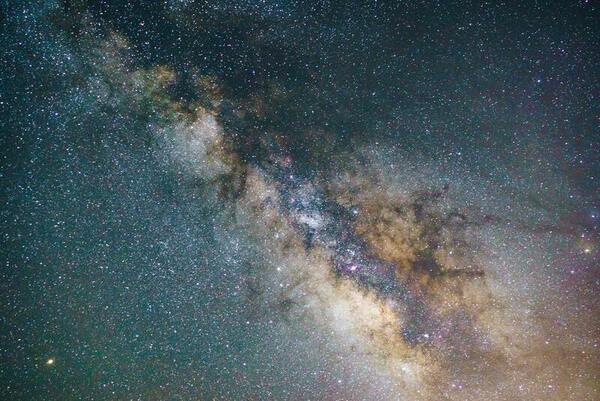The velocity of white dwarf stars relates to their magnitude
(1) The Dalton School, New York, New York
https://doi.org/10.59720/22-115
The relationship between the velocity of a white dwarf star and its absolute magnitude is unknown, posing unresolved questions about what characteristics a fast-moving white dwarf has compared to its slower counterparts. Using the European Space Agency’s Gaia dataset, we analyzed the relationship between white dwarfs’ magnitudes and proper motions. We hypothesized that older white dwarf stars may have different velocities than younger ones, possibly that stars slow down as they age. After filtering down the Gaia dataset to a set of roughly 65,000 white dwarfs, we selected the ones that had the highest proper motions. When we further filtered the high proper motion dataset to not include white dwarfs with outlier parallaxes, we were left with a dataset that was theoretically the fastest white dwarf stars in the Gaia dataset. Comparing these fast white dwarfs to the candidate dataset, we found that the white dwarfs in our filtered dataset were substantially redder and higher magnitude (traits traditionally associated with older stars) as compared to their non-fast counterparts.
This article has been tagged with: